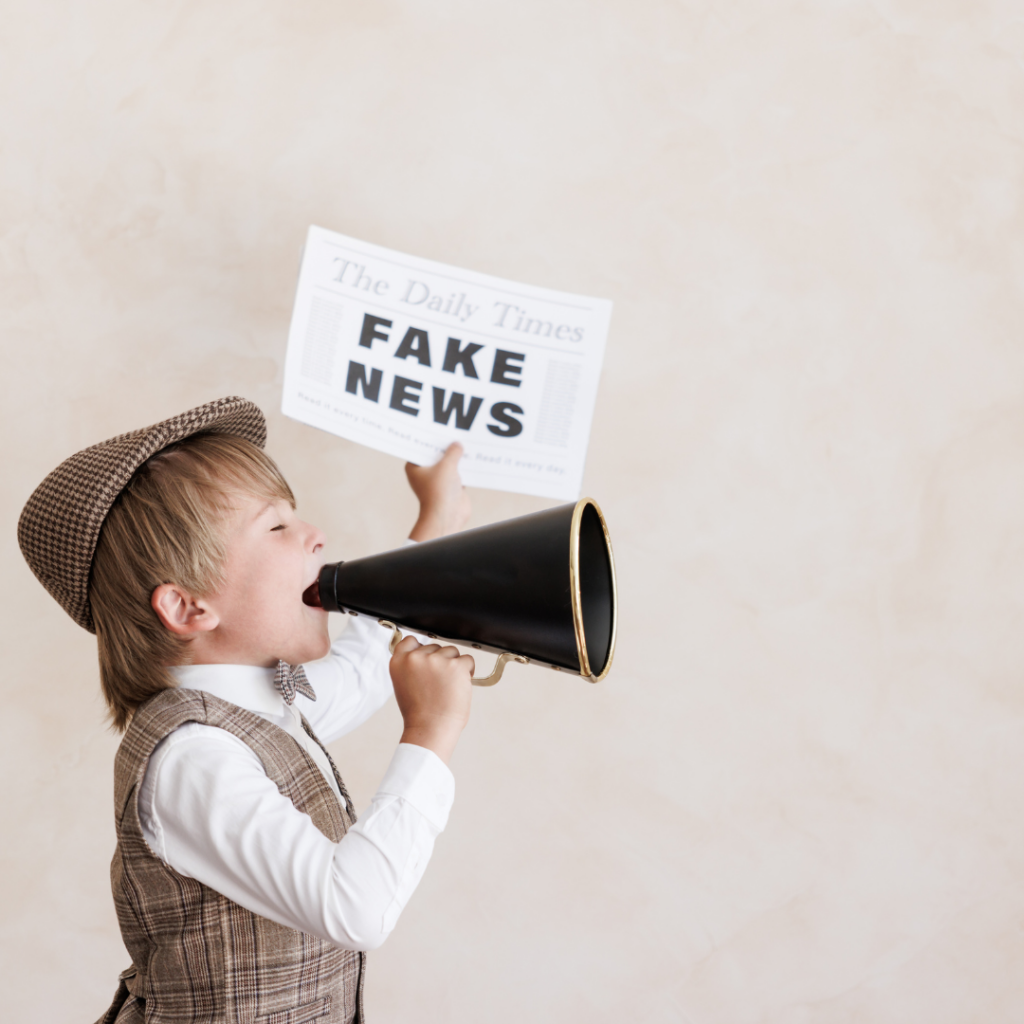

Exposing the Truth: How to Cut Through the Noise of Misinformation and Keep it R.E.A.L.
In today’s world, where information is just a click away, it’s easy to feel overwhelmed by the sheer volume of advice, teachings, and ‘truths’ out there. Whether it’s a new wellness trend or the latest spiritual insight, there’s no shortage of voices telling us how to live our best lives. But with all this noise, how do we figure out what’s real and what’s just cleverly packaged hype?
The Misinformation Maze
Have you noticed how misinformation is everywhere! Sometimes it’s intentional, designed to mislead, and sometimes it’s just the result of poor understanding or a rush to share without checking the facts. It can take many forms:
- Fake News: Completely made-up stories that are crafted to manipulate or provoke.
- Pseudoscience: Claims that sound scientific but don’t hold up to actual scientific scrutiny.
- Biased Reporting: Information presented in a way that’s skewed to push a particular agenda.
- Clickbait: Sensational headlines that don’t deliver on their promises, designed just to grab your attention.
The impact of misinformation can be profound, especially in areas like mental health, where people are searching for answers and solutions to deeply personal issues. It can lead to chasing after unproven treatments, missing out on real, effective help, or falling into the trap of following self-proclaimed ‘gurus’ who are more interested in their bottom line than your well-being.
But why does misinformation hook us so easily? It often taps into our desires. We want to believe in quick fixes, in magic bullets, in solutions that resonate with what we already think or feel. It can be comforting to hear what we want to hear, even if it’s not based in reality.
Science vs. Selling Beliefs
Here’s the thing about science: it’s not about proving anyone right. In fact, the very core of science is about trying to prove itself wrong. It’s a process of testing, challenging, and constantly refining our understanding. This relentless pursuit of truth, even if it’s uncomfortable, is what makes science so powerful.
On the flip side, those who sell a particular belief, concept, or product often have a different goal. Their aim is to convince you that they’ve got the answer, the secret, the magic key. Their livelihood depends on getting you to buy into their idea—literally and figuratively. This can lead to cherry-picking data, ignoring inconvenient truths, and presenting a one-sided view that doesn’t hold up under real scrutiny.
Understanding this difference is crucial. Just because something is popular or emotionally compelling doesn’t make it true. That’s where the R.E.A.L. method comes in—a simple way to cut through the noise and get to the heart of what’s really going on.
Keeping it R.E.A.L.
To help you navigate this complex landscape, I’ve developed the R.E.A.L. method. It’s a straightforward approach to evaluating information that helps you stay grounded in reality, especially in fields like mental health and spirituality, where misinformation can be particularly harmful.
R – Reliable Source
- Who’s talking?
- Start by checking the credibility of the source. Is the person or organisation behind the information trustworthy? Do they have the expertise to back up what they’re saying? Look for sources like peer-reviewed journals, respected news outlets, and genuine experts in the field.
E – Evidence-Based
- Where’s the proof?
- Always look for solid evidence to support the claims being made. Is there data? Are there studies that have been peer-reviewed? Reliable information stands on a foundation of verifiable facts, not just opinions or anecdotes.
A – Avoid Bias
- What’s the agenda?
- Think about why this information is being shared. Is there a bias at play? Does the person or organisation have something to gain by pushing a particular view? Recognising bias is key to understanding the full picture.
L – Logical and Consistent
- Does it make sense?
- Assess the logic and consistency of the information. Is the argument clear and well-structured? Does it align with established knowledge, or is it full of contradictions? Beware of information that plays on emotions rather than presenting a coherent, logical case.
Why R.E.A.L. Matters
In a world flooded with information, the ability to think critically and evaluate what we see and hear is more important than ever. The R.E.A.L. method gives you a tool to do just that, helping you stay grounded and focused on what’s true.
This approach is especially important when dealing with mental health and well-being. It’s easy to get swept up in the latest trends or the teachings of a charismatic figure, but by keeping it R.E.A.L., you can protect yourself and others from the pitfalls of misinformation.
Conclusion
Misinformation isn’t going away anytime soon, but we don’t have to be at its mercy. By using tools like the R.E.A.L. method, we can navigate this landscape with confidence, making informed decisions that truly benefit our lives. Remember, in this age of information overload, it’s not just about knowing more—it’s about knowing what’s real. Let’s keep it R.E.A.L. together, and make sure we’re all moving towards a more truthful, authentic understanding of the world.
🌿 I Frid, Madelaine
PLUS – Whenever you’re ready, there are 2 ways we can work together:
- Sign up for one of our current courses at ASHC and get taught by my team of advisors and me. All our courses are internationally and nationally industry-approved and will equip you with all the tools to open up your own professional private practice.
- Apply for one of only three spots as my private client.




